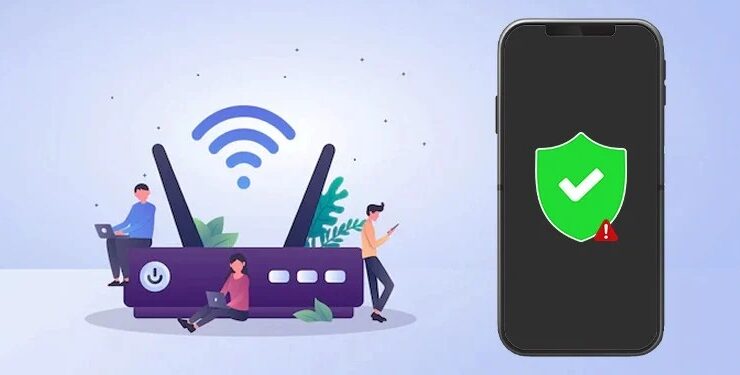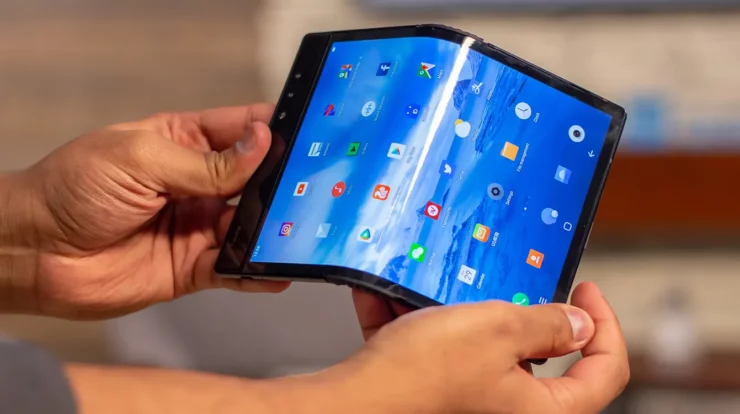
People rely on Wi-Fi so heavily that any disruption to it can seem like a bigger deal than it is. However, most Wi-Fi problems—usually due to Wi-Fi authentication issues—can be easily fixed with a few steps.
Here’s a brief guide on the common causes of Wi-Fi authentication errors and the steps to solve them.
Common Wi-Fi Authentication Error Causes and How to Solve Them
If you’re having trouble accessing your Wi-Fi, there are three possible areas you can check to see what went wrong:
User Error
User error refers to any inputs, settings, or actions that can cause your Wi-Fi authentication service to fail. This isn’t uncommon (especially with newer devices that have advanced Wi-Fi connection protocols). User errors are often the easiest errors to identify and fix.
- Ask if the password changed
Many administrators will regularly change router/network passwords, so you’ll need to change the password saved on your devices to match.
- Check the capitalization of your password letters
Sometimes it’s easy to misread certain letters depending on how they’re written on the router and displayed on your device. For instance, you may confuse the lowercase “l” (like “logos”) and uppercase “I” (like “Indigo”).
- Turn on/off airplane mode
Any device with an airplane mode can sometimes “lag” when the mode is switched on or off. This can cause the Wi-Fi module to not work properly. Alternatively, you can use airplane mode to reset your device’s connectivity, potentially solving your authentication issues.
Hardware Error
Hardware errors refer to issues concerning the physical state of your devices and/or the router you’re trying to connect to. The “wireless” part of Wi-Fi does mean more convenience.
However, it comes without the secure, unbroken service that a wired connection can guarantee.
- Check if the router is working
Some routers (especially the older models) can have issues with their power supply or broadcast parts. Consequently, this causes intermittent connection between the router and your device. Make sure that the Wi-Fi lights are working, or turn them on and off again to refresh router connectivity.
- Avoid signal interference
Not all routers have the same transmission capabilities regarding their Wi-Fi signals. Try moving your device closer to the router to maintain a smooth, secure connection. This should allow the authentication process to complete.
- Have your device inspected
In some cases, the Wi-Fi card of your device can be faulty or damaged. This can be due to exposure to high temperatures, voltage, damage, or normal wear and tear. In these cases, it’s best to have your device professionally examined and its Wi-Fi card repaired or replaced.
Software Error
Software errors are a more advanced area of Wi-Fi connection troubleshooting. They usually concern the specific settings of your devices and/or routers. In most cases, their default settings should prevent authentication issues. However, if you’ve recently switched devices, reset them, or installed new systems, your software may need to be fixed/patched.
- Update your device software
Some major updates to a device’s operating system can cause it to forget previously connected Wi-Fi networks. These updates can also cause the device to lag in terms of Wi-Fi connection capabilities. Updating your software to the latest version should solve the more stubborn Wi-Fi authentication issues.
- Change your router settings
Some routers can broadcast on several different networks (most commonly 4G and 5G). Not all devices can access these networks. Check what type of network your router can broadcast, as they often require their own set of authentications.
- Fix the settings on your device
Doing a factory reset on your device is one of the most fool-proof ways to fix your Wi-Fi authentication issues. However, this should only be a last resort. You can try changing your IP settings from DHCP to Static or updating your device settings to match your router. You can also check if your connections use something like MAC address filtering.


